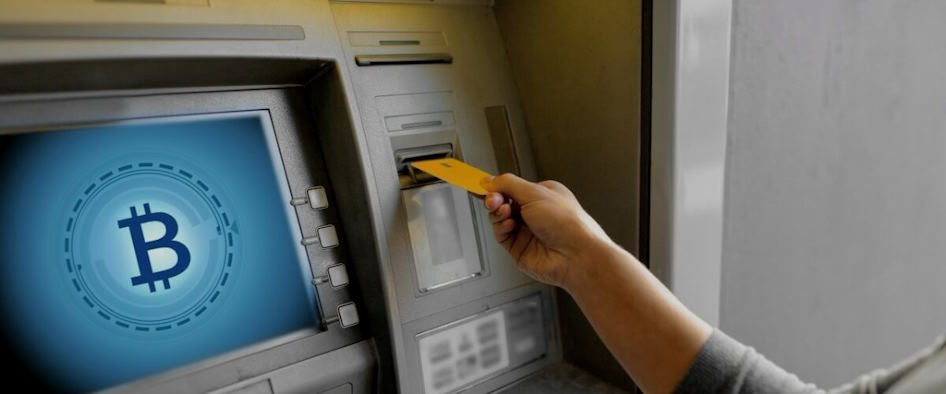Innovative solutions are continually emerging to bridge the gap between digital assets and traditional finance in the dynamic realm of cryptocurrencies. One such groundbreaking invention is the Cryptomat, more commonly known as the Bitcoin ATM.
Defining the Cryptomat
A Cryptomat is a term coined by combining “crypto,” short for cryptocurrency, and “ATM,” which stands for Automated Teller Machine. Simply put, a Cryptomat is a specialized form of ATM designed to facilitate the buying and selling cryptocurrencies, with Bitcoin being the most commonly supported.
How Cryptomats Work
Cryptomats operate on a simple yet sophisticated principle, providing users with a tangible and user-friendly interface for engaging with digital assets. The typical functionalities of a Cryptomat include:
User Verification
Before conducting any transactions, users are required to verify their identity. It often involves providing a form of identification, such as a government-issued ID, and sometimes biometric authentication methods for added security.
Wallet Creation
To conduct transactions, users need a digital wallet to store their cryptocurrencies. Many Cryptomats have built-in features that allow users to create a new wallet directly on the machine. This wallet can be a mobile or paper wallet with printed public and private keys.

Buying Bitcoin
For users looking to buy Bitcoin, the process is relatively straightforward. They select the “Buy Bitcoin” option on the Cryptomat’s interface, choose the desired amount, insert cash into the machine, confirm the transaction details, and receive Bitcoin in their designated wallet.
Selling Bitcoin
Conversely, selling Bitcoin at a Cryptomat involves selecting the “Sell Bitcoin” option, choosing the amount to sell, sending the Bitcoin to the provided address, confirming the transaction details, and receiving cash from the machine.
Transaction Fees
Cryptomats charge transaction fees depending on the machine’s operator and location. Users are typically informed of these fees before confirming their transactions.
Regulatory Compliance
Cryptocurrencies must comply with local regulations, including user identification requirements, transaction limits, and reporting obligations to regulatory authorities to ensure legal adherence.
The Significance of Cryptomats
Cryptomats serve as a vital bridge between the traditional financial system and the burgeoning world of cryptocurrencies. They offer a physical touchpoint for individuals unfamiliar with digital assets, providing a familiar interface akin to traditional ATMs. This accessibility contributes to the adoption and acceptance of cryptocurrencies in mainstream finance.


